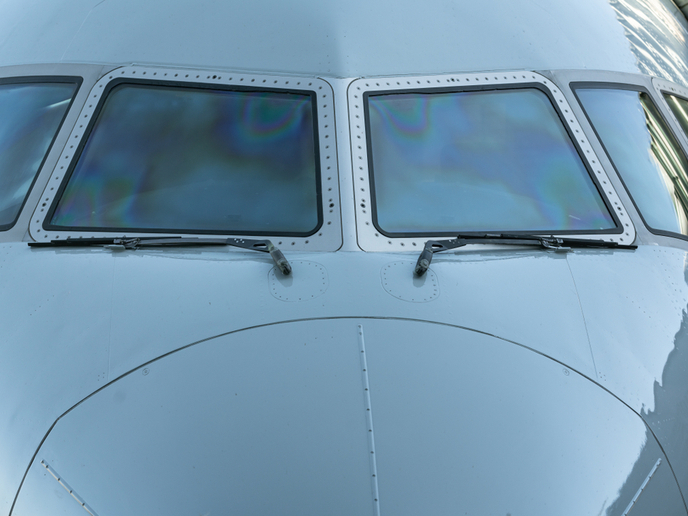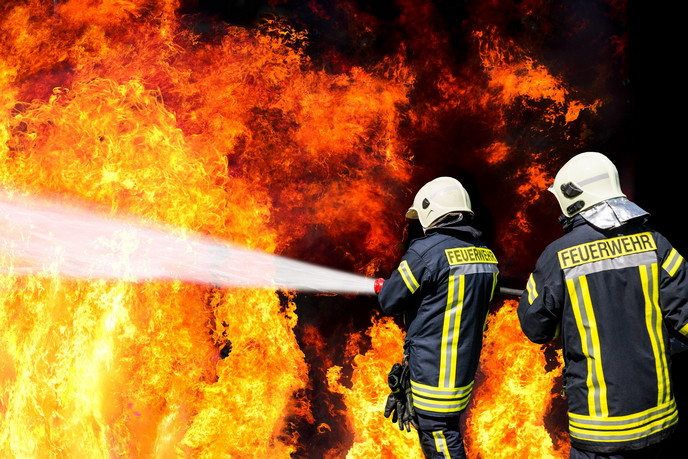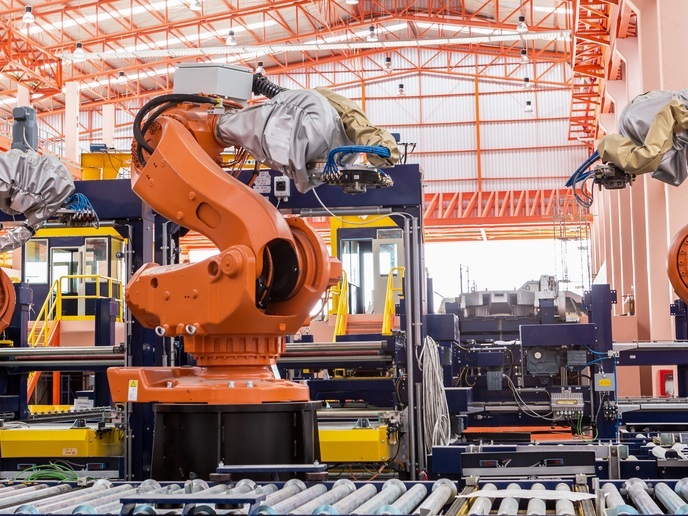New era in aircraft thermal modelling
Modelica is an object-oriented language that allows engineers to model complex physical systems, including mechanical and electrical components. Using the latest features of the Modelica language, the TEMPO (Thermal exchange modelling and power optimization) project developed a library that supports scalable models for aircraft environmental control and cooling systems. In the Modelica library, all relevant fluid, mechanical, electrical and control aspects are covered. Considering vapour, air, liquid cycle and loop systems, focus was placed on designing an optimisation strategy to effectively model system interdependencies. Currently, the library contains four layers, each designed for use in different phases of the design process. The first layer consists of low-complexity static models. This layer is intended for use in early conceptual design, where different architectures are under investigation and component performance needs to be deducted from high-level system performance requirements. The second layer consists of more detailed static models with more accurate thermodynamic equations. Component models are map based so that the generated data can be fed back into the system model. This allows early predictions and verification of system performance. Another layer consists of dynamic models that include 1D discretised components and first-principle modelling approaches. The physical and modular approaches followed result in highly adaptable models that can be parametrised over a broad range for fast simulation or high thermodynamic accuracy. The fourth layer of models supports simulations with fixed-step solvers and is designed for fast simulations. The library is complemented with a cabin model for single-aisle passenger aircraft with three independently controllable temperature zones: the flight deck, and forward and aft passenger cabins. The dynamic thermal behaviour of the fuselage structure is modelled in detail with multilayered wall, floor panel and internal structure models. Radiation effects are modelled both internally and externally. TEMPO work is useful for the electrically driven environmental control system developed within the context of the System for Green Operations (SGO) component of the Clean Sky initiative. The system covers both air conditioning and thermal load management.







